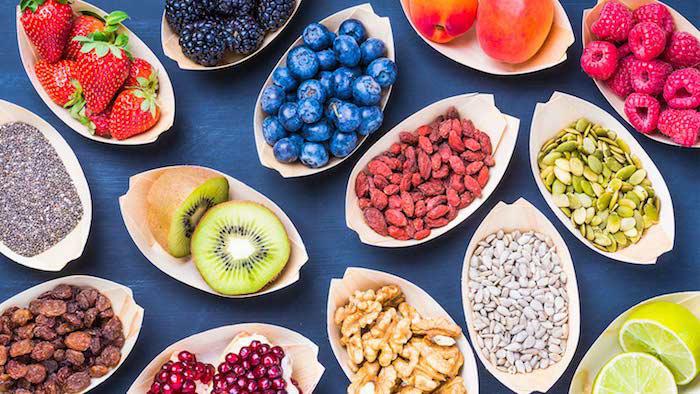
There’s nothing quite like the pain you might experience when your gallbladder is unhealthy due to gallstones, infection, or other issues. Fortunately, you can live a normal and healthy life without your gallbladder, and surgical removal (cholecystectomy) is a common and generally well-tolerated procedure.
Dr. Frank Candela and Dr. David Schreier, of Candela and Schreier Medical Corporation in Thousand Oaks and West Hills, California, are highly skilled, board-certified surgeons. They have significant expertise in numerous surgical procedures, including laparoscopic and open (traditional) cholecystectomy.
These talented specialists offer recommendations about what to eat after gallbladder removal and why it matters.
The gallbladder’s role in digestion
The gallbladder is a small organ that acts as a storage pouch for bile, which is a substance your liver secretes to aid in digesting and absorbing nutrients from dietary fats found in the foods and liquids you consume.
Normally, about four inches long and roughly pear shaped, your gallbladder sits just under your liver. After a meal, your gallbladder releases bile via small tubes (ducts) that lead to the small intestine.
Gallstones and other issues that block or narrow the ducts exiting the gallbladder can prevent it from emptying its stored bile. When that happens, because your liver continues to produce bile, the liquid builds up in this sac-like organ. This can eventually cause inflammation, swelling, infection, and significant pain.
What happens after gallbladder surgery?
Once your gallbladder is removed by either Dr. Schreier or Dr. Candela, the bile produced in your liver drains directly into the small intestine. Your digestive system needs time to adjust to this small but steady flow of bile. Fortunately, a few simple changes in your diet can help prevent diarrhea (most common) and other digestive issues that can occur following a cholecystectomy.
Changing your diet after gallbladder removal
Digestive issues following cholecystectomy are generally temporary and associated with difficulty digesting fats, which can lead to excessive gas, bloating, cramping, and diarrhea.
Your surgeon may recommend following an easily digested diet of clear liquids, broth, and gelatin for a day or so after the surgery.
Otherwise, you can limit, even eliminate, the risks of significant symptoms by making a few dietary changes such as:
Avoiding high-fat foods
While we typically recommend you always follow a healthy diet that includes lean proteins and low-fat dairy products, it’s especially important to monitor your fat intake for at least a week following a cholecystectomy.
Eating smaller, more frequent meals
Without increasing your recommended calorie intake, try spreading your meals out to 4-5 per day rather than the usual three. If, for instance, you typically eat a sandwich and soup for lunch, eat half the sandwich with your soup and save the other half for an afternoon break.
Reintroducing fiber-rich foods slowly
Fiber-rich foods are important to your overall digestive health but can cause gas, bloating, and cramping when introduced too quickly after a cholecystectomy. Don’t skip fiber completely, just add it back slowly.
Well-known gas producers include:
- Whole-grain breads and cereals
- Cauliflower, broccoli, and cabbage
- Legumes, including peanuts
- Nuts and seeds
We also recommend avoiding heavy spices and watching for hidden fats in processed foods such as deli meats, mayonnaise, salad dressings, sugary snacks, etc. These products can cause gastric distress anytime but may be especially problematic following cholecystectomy.
When it’s time for surgery, schedule an evaluation with Dr. Candela or Dr. Schreier. We’re happy to provide outstanding surgical services to our Southern California communities, including the San Fernando Valley region of Los Angeles County. Call the office or request an appointment online.
